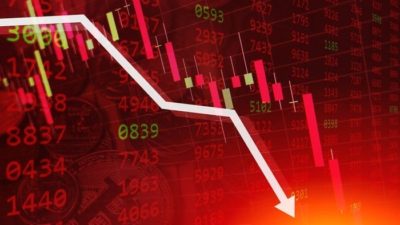This article was originally published on Fool.com. All figures quoted in US dollars unless otherwise stated.
What happened
On Monday, Meta Platforms (NASDAQ: FB) and Amazon (NASDAQ: AMZN) were tagged by a storied investment bank as stocks worthy of consideration. Interestingly, the pair went in different directions as investors reacted, with Meta shares eking out a slight (0.7%) gain in price on the day and Amazon stock falling by over 2%.
So what
Morgan Stanley (NYSE: MS) analyst Brian Nowak reiterated his overweight (read: buy) recommendation on Meta shares and said that Amazon has fine potential to become a very compelling buy.
In his latest research note on Meta, he focused on the steps the social media pacesetter is apparently taking to save expenses. He said that if the company were to enact a hiring freeze, it could filter down into a 4% to 16% improvement in free cash flow (FCF) per share for all of 2022. Nowak added that he would still rate the company a buy without such moves; with them, Meta's FCF improvement might be "significant."
He feels that Amazon has similar potential. He cited the giant retailer's $6 billion annual spend on "other bets" as a prime candidate for reductions. "In our view," he wrote, "AMZN still does not screen as being 'inexpensive' on FCF in this increasingly FCF focused market."
Now what
Of the two stocks, investors seem to be taking Nowak's argument on Meta more to heart. He certainly makes an interesting point about Amazon, but at the moment, that company is clouded by an intensifying war of words between founder Jeff Bezos and the Biden administration over economic policy. The high-profile businessman escalated the fight on Monday, posting a pair of tweets that took aim at both its failed Build Back Better initiative and a rather sideways criticism of Amazon's labor policies.
No matter how wealthy or powerful, when an individual gets into a tussle with the government that individual tends to lose. It's not surprising that Bezos' spat with the current administration is dampening investor sentiment on his company.
This article was originally published on Fool.com. All figures quoted in US dollars unless otherwise stated.









